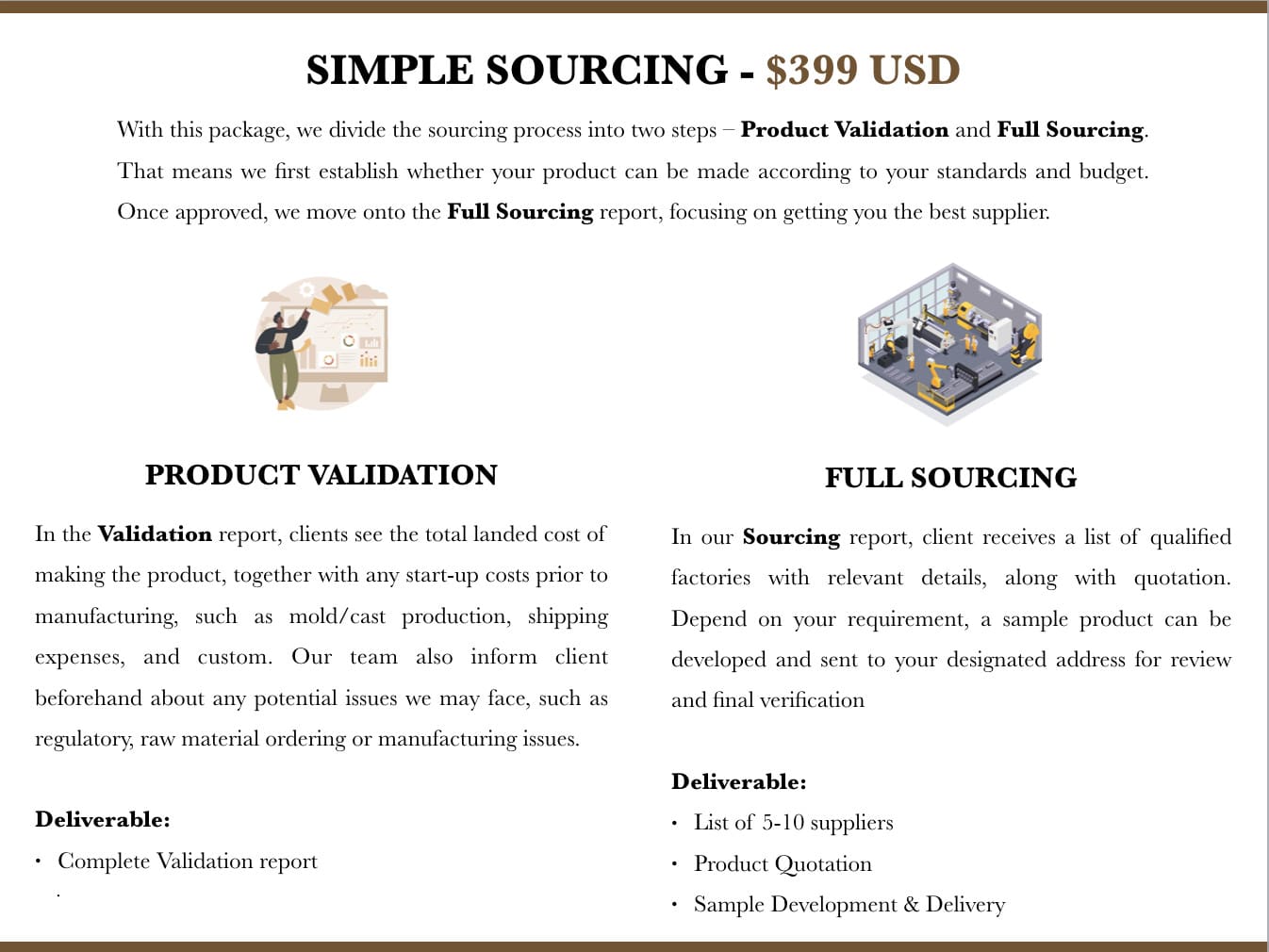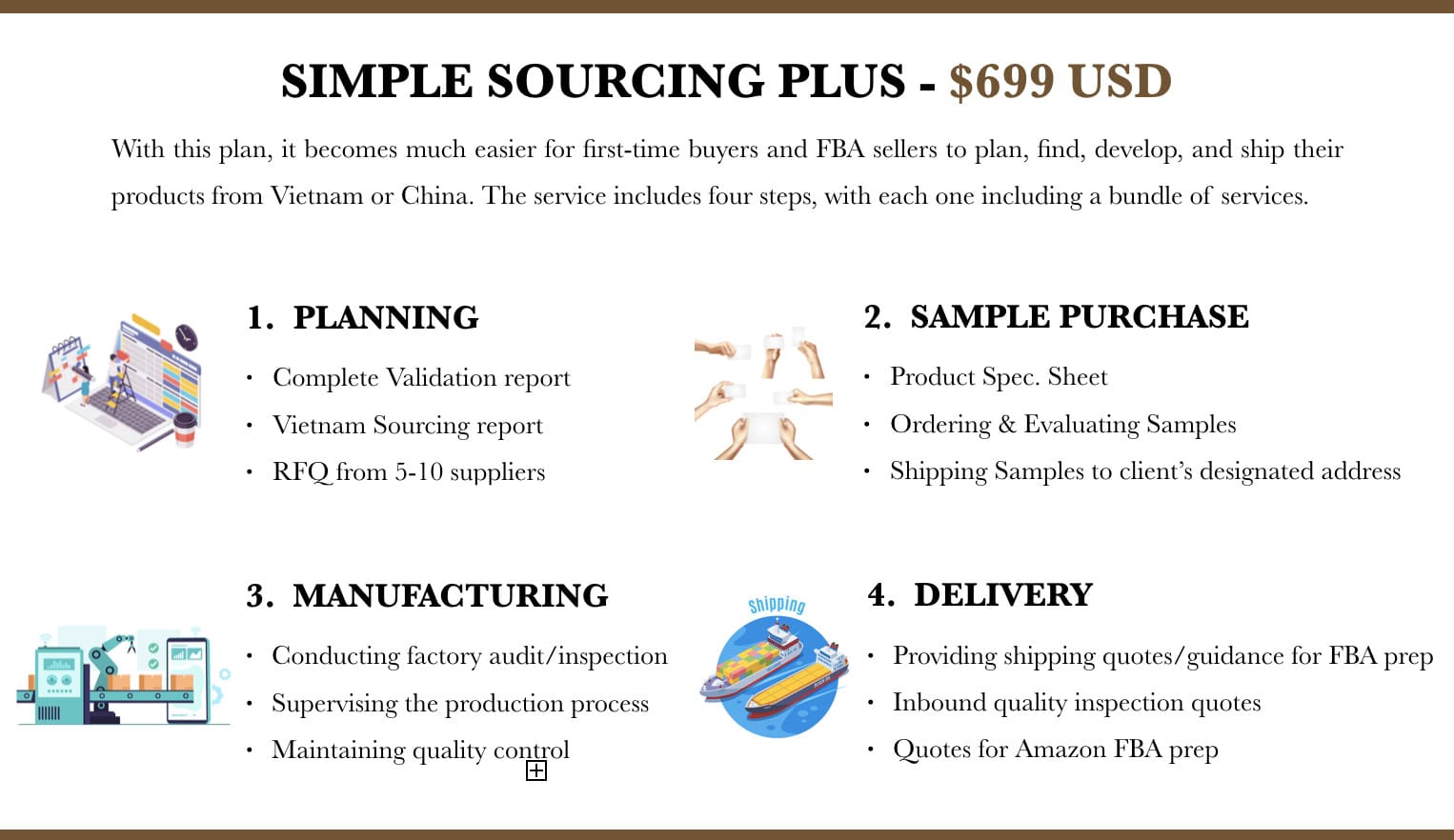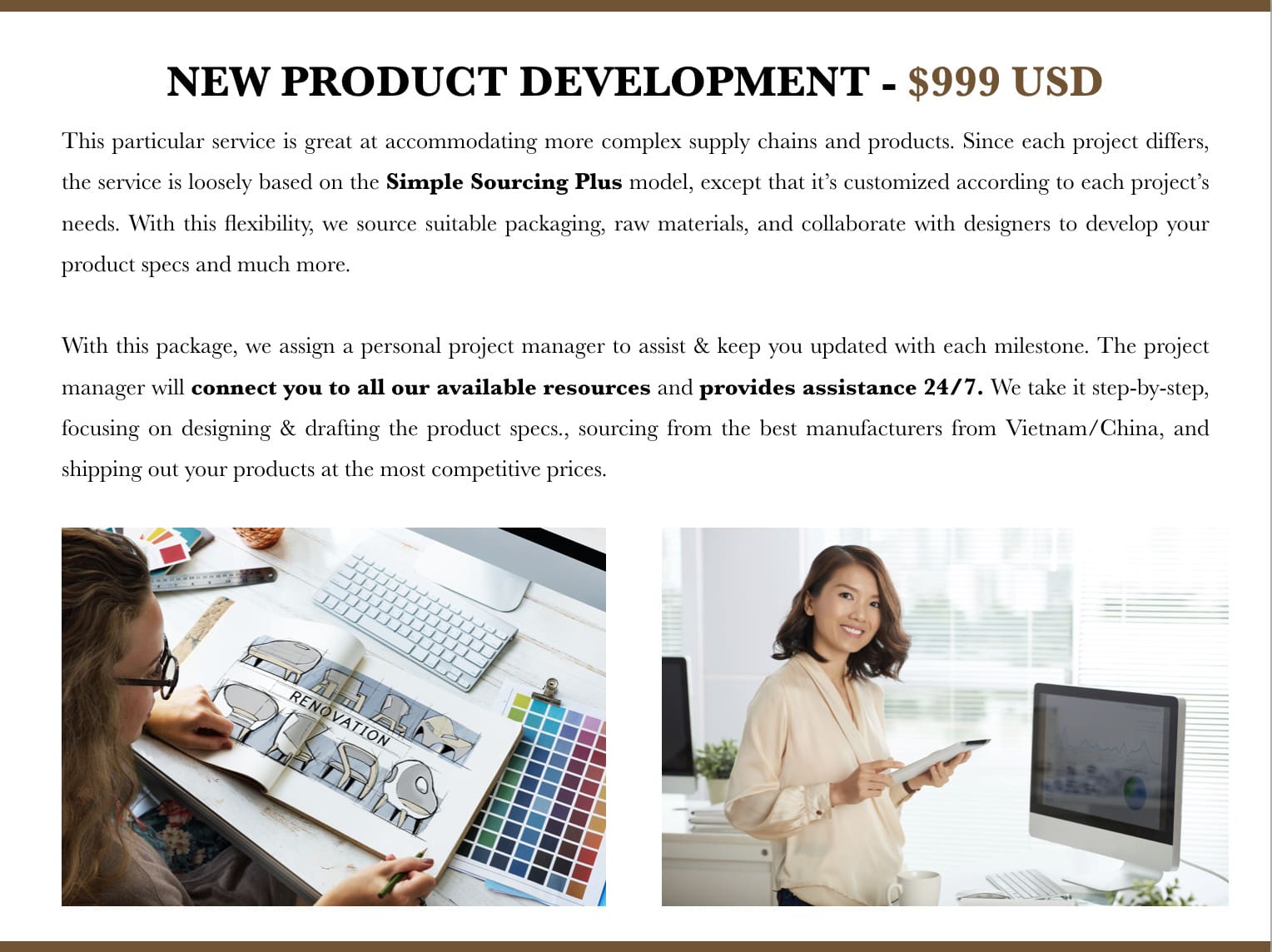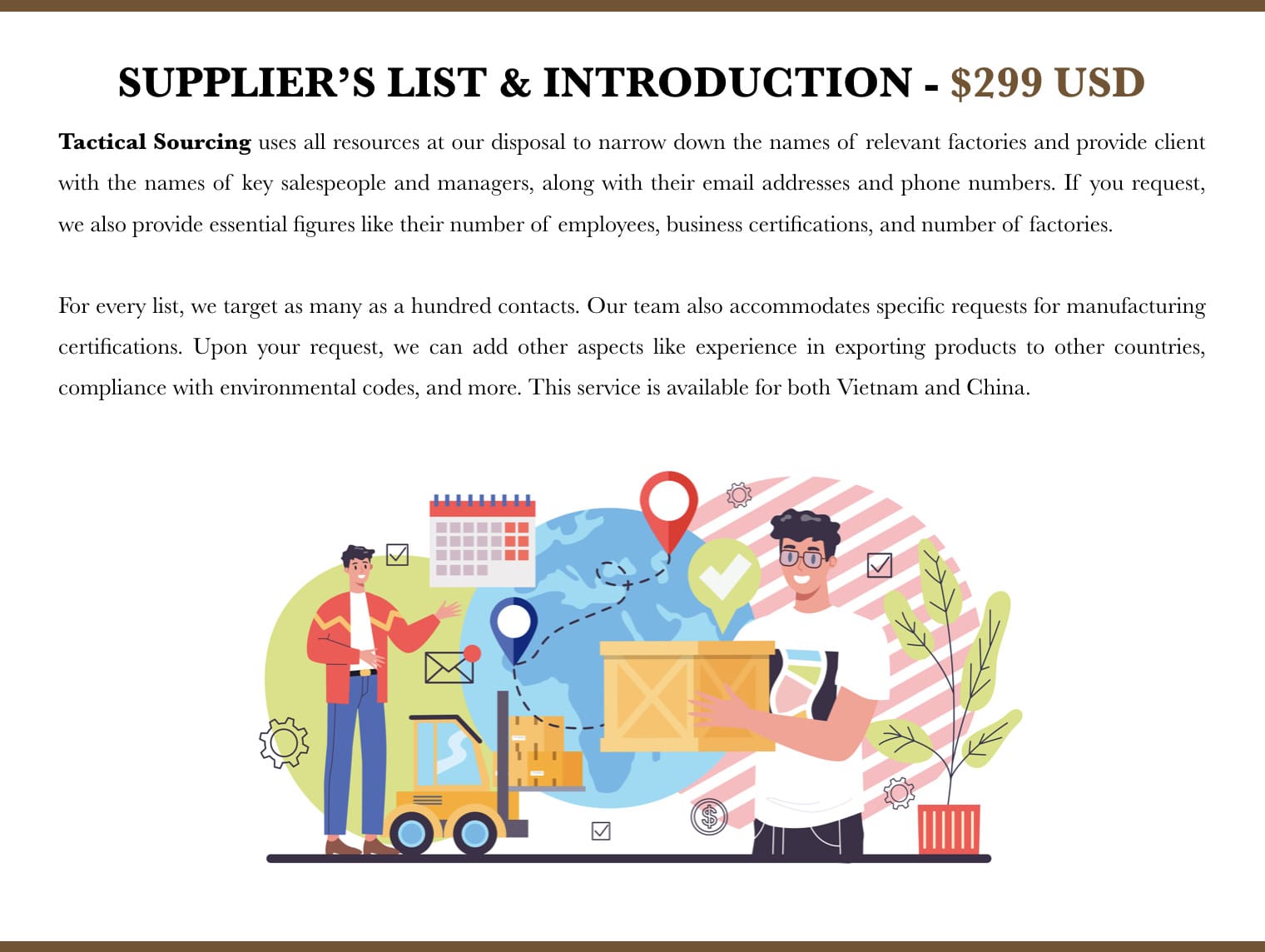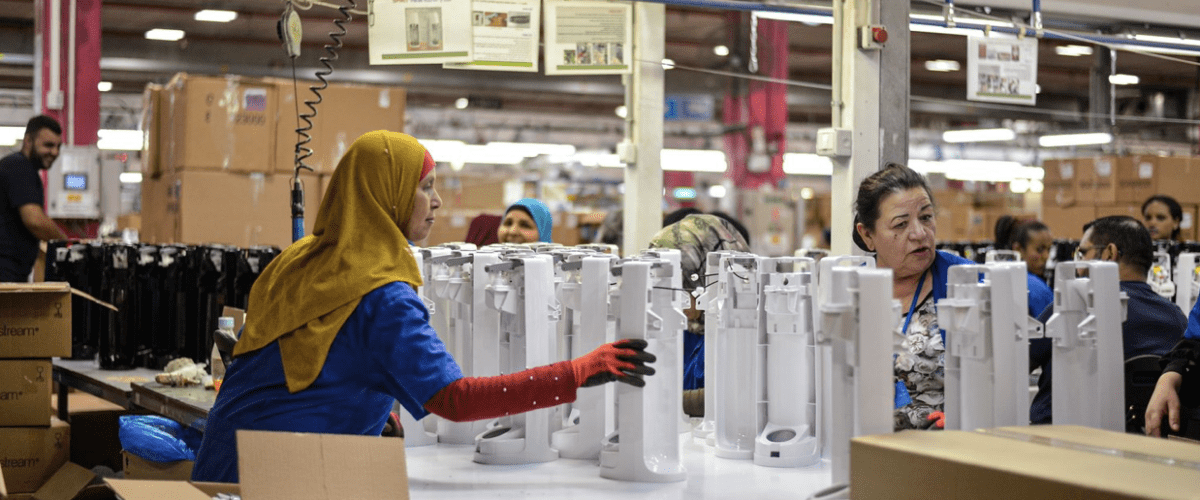
What do OEM, ODM, and Contract Manufacturing mean? Original Equipment Manufacturing (OEM), Original Design Manufacturing (ODM), and Contract Manufacturing (CM) are three important keywords to know when you are looking for a supplier of our product. It’s important to know what each is so you can be selective in your search. ODM vs. OEM
When looking for a manufacturer for your products, there are three basic types of manufacturing arrangements, Original Equipment Manufacturing (OEM), Original Design Manufacturing (ODM), and Contract Manufacturing (CM). So what are the Benefits of ODM vs. OEM vs. contract manufacturing? After running Tactical Sourcing for over eight (8) years and working with hundreds of factories in almost every conceivable arrangement, we have learned that our clients have very different expectations of how they expect to work with a manufacturer. These three categories cover almost every arrangement with factories that our clients and ourselves have worked with.
The simple definitions are:
- OEM – Original Equipment Manufacturing // When a factory makes a product but customizes it based on a clients design
- ODM – Original Design Manufacturing // When a manufacturer designs and produces it in-house and sells it to a client with little to no modifications
- CM – Contract Manufacturing // When a Client fully develops the product in detail and hires a manufacturer to make the product
What Does ODM Mean?
ODM stands for Original Design manufacturer, meaning that the factory makes products the buyer designs but is based loosely on existing products.
When the Buyer works with the factory, the Buyer purchases items the factory is already making. The Buyer is only expected to design or own packaging and branding. In some cases, the Buyer won’t even change the branding or packaging and sell it as the factory provides; in other cases, the Buyer may request minor cosmetic changes such as color and additions of logos. Of course, there is a gray area between OEM and ODM based on how many customizations you make, but to keep it simple, ODM is simply preaching an existing product.
Trade shows such as Global Sources and the Canton Fair are great examples of ODM manufacturing. Each of these Factories has elaborate booths to show off the factories’ designs that potential buyers can purchase as-is or with the customization and sell in their respective countries. China has long been the leader of ODM manufacturing, with other countries far behind. Most manufacturers outside of China tend to be Contract Manufacturers, which we’ll discuss later in this article.
The biggest issue with ODM involves intellectual property and who owns the product design, even with customization. For the most part, since the factory did all or almost all of the design, then they own the IP while the Buyer owns the copyrights to the branding. This can create a huge issue if you are afraid of a manufacturer selling your product. Fortunately, there are ODM agreements that can prevent factories from using your customizations and branding but likely not prevent them from selling the same or similar products.
What Does OEM Mean?
OEM Stands for Original Equipment manufacturer, which means that the factory makes a product based on designs that the client provides.
When you enter into an OEM arrangement with a factory, the client is expected to provide a detailed product spec sheet and their product design to the factory to make. Various degrees of OEM exist, ranging from using a product that the factory already makes with significant customizations, such as changes to shape and dimensions, to full-on designing a nearly new product. If you are creating a new product that does not exist on the market, your arrangement will likely be contract manufacturing.
With many OEM projects, it is necessary to create custom molds or other tooling to make the item. These must be made before production starts, and the Buyer almost always pays for the cost. In some cases, the manufacturer will pay for the molds and include the cost of the sales price.
Since the Buyer is also designing the product and creating the product spec sheet, they are much more likely to own the Intellectual property. In addition, since the Buyer is also paying for the tooling and molds, they own those parts of the production, and they can have contracts that prevent the manufacturer from using them for other clients.
What is Contract Manufacturing?
Contract Manufacturing is broad and generally a step beyond OEM manufacturing. For example, the Buyer has a new product not on the market and contracts with a manufacturer to produce the item. An example is Apple which designs every aspect of the iPhone but contacts Foxconn to do the assembly. In Apple’s case, like many other buyers, apple is also designing and sourcing components separately and sending them to fox con to be used in the final product.
The IP for contract manufacturers is simpler since the buyer designs all aspects of the product. Therefore, they should have total ownership of the IP Rights. However, this does need to be enforced with a contract, patents, and trademarks which are up to the Buyer to acquire.
Is ODM the Same as Private Label?
The short answer is Yes.
Private label, also called White Label, is buying already made products and simply adding a logo or colors. This is a common practice for FBA and other eCommerce sellers and is one of the easiest ways to start in retail.
ODM vs. OEM
You need to factor in a few factors when comparing the two, such as development time, ownership of intellectual property, tooling cost, and more.
Intellectual property issues and ODM vs. OEM vs. Contract Manufacturing
Each of the three has completely different IP rights, with ODM giving most of the IP rights, except branding, to the manufacturers, while in Contract Manufacturing, all IP rights belong to the Buyer. OEM falls in between, with the Buyer owning the branding and some aspects of the design while the manufacturer can own rights to other aspects of the designs they made themselves.
It is also very difficult to patent ODM as they tend to be items that already exist on the market. For instance, you can’t patent a baseball cap, but you can add a sweatproof band on the inside that you developed and patent that and its use in baseball caps.
Ultimately, the Buyers need to acquire intellectual property, patents, and trademarks before manufacturing. It’s also important to note that only contracts written in Chinese are valid in China, and you will be fighting an uphill battle should you sue a manufacturer in their own country.
The best way to protect yourself is to file the brand, and design trademarks and patents in the market in which you will sell and use them to take down sales channels should your manufacturer or competitor use your IP
Who Creates the Product Spec Sheet?
For each of the three methods of working with factories, the expectation of who is to create the Product spec sheet varies:
- OEM – Created by the Buyer but may have help or guidance from the manufacturer
- ODM – created by the supplier/factory
- Contract Manufacturing – created by the Buyers
ODM vs. OEM product development time
Since each method has a different degree of work, the time it takes to make a product once you have the designs ready to go varies greatly.
- ODM – 1 to 4 weeks
- OEM – 1 to 6 months
- Contract Manufacturing 3 – 12 months
With ODM, you are using already existing designs from the manufacturer with minimal customizations. As a result, you can move fast and get a product in stock and ready to retail quickly. This is one of the reasons ODM/Private labels are recommended for first-time buyers.
ODM can take a month to considerably longer based on the degree of customization. For example, if you are getting a mold made for your product, you should expect it to take at least four weeks to produce. In addition, you should expect about 2 -4 weeks to create the product spec sheet and design files.
With contract manufacturing, you are completely creating all aspects from scratch, which can take considerable time designing the product, setting up manufacturing, and sourcing components.
Once the manufacturing lines are set up for mass production, you should expect that they will take roughly the same amount of time between all three. The main delays
Who pays the cost related to molding and tooling
- ODM paid for by the factory or supplier
- OEM – Paid for by the Buyer
- Contract Manufacturing – paid for by the Buyer
The Pros and Cons of ODM vs. OEM manufacturing
The Advantages of OEM
- Most suppliers are OEM factories, and it’s the easiest type of manufacturer to find
- With OEM, you are free to make the product as you see fit as long as it is technically possible
- You own the intellectual property as long as you have the right contracts and protections.
- You’ll have a product that is uniquely yours on the market.
The Advantages of ODM
- In the short development process, You can get an item in production and retailing quickly
- Most manufacturers can customize within a limited degree
- No added cost relating to tolling or molds
The Cons of OEM
- The Buyer has to pay for all tooling and molding costs, which depending on the degree of customization, can be extremely costly.
- It takes at least a month, and usually longer, to create a mold and do new tooling
- You need to provide all design files and format them in a way that can be understood by the manufacturer and read by the machinery.
The Cons of ODM
- You can only buy what is already offered by suppliers
- Your competitors have access to the same products that you do
- You do not have any IP protections
- You are trusting that your supplier is not violating the IP of someone else
Where to find OEM, ODM, and Contract Manufacturers
ODM is most common in China, and finding ODM suppliers in other countries is difficult. Despite the recent trade war, China is still the best at manufacturing all types, although several countries, such as India and Vietnam, are rapidly making up the ground. It can manufacture all kinds, but other countries, like Vietnam, are good for contract manufacturing.
In terms of Online resources, Alibaba and Global sources are the best for finding ODM and Private label products. Global sources have a great verification system to ensure quality and trustworthiness, while Alibaba has by far the largest selection of suppliers, though many are questionable. When sourcing from Vietnam or other countries, the factories expect the clients to have their design files and not have existing products available. If you plan on doing contract manufacturing or OEM, it’s perfectly fine to look outside China.
Let Tactical Sourcing do it for you!
Do you want our team to find great manufacturers, get quotes, and introduce you directly to great suppliers?
Our Sourcing service is designed to do everything to turn your idea into a shipped product. Our services are designed to do everything to take your idea, turn it into a product, and ship it to the final destination. Cosmo can do everything from creating a product spec sheet, validation, sourcing, ordering and evaluating samples, arranging inspections, finding freight forwarders, quality assurance, negotiations, and shipping. We aim to handle every single step of your business in Vietnam for you.
If you start a new business, finding products and suppliers for your products is one of many things you need to handle. Our services are designed to handle every part of your business in China and Vietnam, so you can focus on the rest of growing your own business.
We have helped clients from Fortune 500 companies, brick-and-mortar stores, FBA sellers, and brand-new businesses. So don’t hesitate to contact us and let us know how we can help you. Email us any time at [email protected]
The Tactical Sourcing Team


